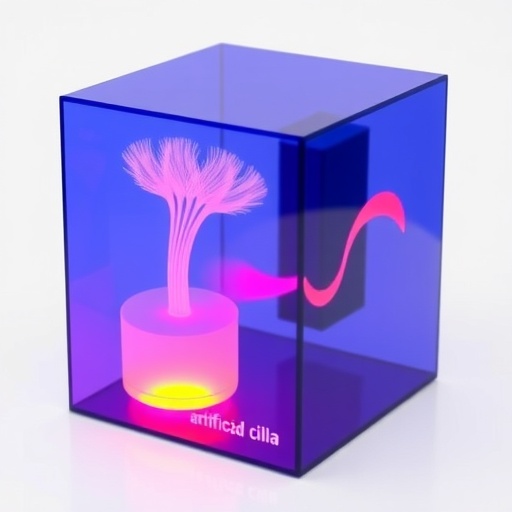Nitric oxide gas produced by a type of harmful bacteria lets roundworms know to stay away from it, says a new study published in eLife.
The findings reveal a set of proteins needed for the roundworm Caenorhabditis elegans (C. elegans) to avoid the pathogenic bacteria Pseudomonas aeruginosa (PA14) – a microorganism that produces and releases nitric oxide. In particular, the study shows that a protein called thioredoxin determines the time course of the worms' sensory response to the gas.
"Nitric oxide is found in the air, produced by lightning and heat and released by some animals. In many organisms, it regulates important physiological events such as dilating blood vessels or signalling between neurons," explains co-first author Yingsong Hao, Research Scientist in the Department of Molecular Biology, Massachusetts General Hospital, US. "But until now, it wasn't known whether animals detect the gas in their environment as a sensory cue and generate behavioural responses to it."
C. elegans interacts with various microbes in its natural habitat, including PA14 which infects the worm. Hao, together with co-first author Wenxing Yang, a postdoctoral scholar in the Department of Organismic and Evolutionary Biology, Center for Brain Science at Harvard University, US, and their team studied the interactions between both organisms to see if the gas released by the bacteria acted as a sensory cue for the worms to avoid it. "Our initial results showed that C. elegans stays away from a lawn of PA14 after feeding on it for a few hours," Hao says. "This avoidance is significantly reduced for a mutant strain of PA14 that does not produce nitric oxide."
The team then combined their behavioural analysis with a calcium imaging approach in different genetic mutations of C. elegans. They saw that the worms respond to the gas using a pair of chemosensory neurons (ASJ). Further studies revealed that thioredoxin, a protein involved in reducing internal oxidative and nitric oxide stress, regulates the temporal dynamics of a worm's response to the gas.
"It is important to know how harmful bacteria is detected and evaded by different organisms. In this case, we have shown how worms use bacterially produced nitric oxide as a sensory cue for avoiding infection by bacterial pathogens," says co-senior author Joshua Kaplan, Principal Investigator and Professor of Neurobiology at Harvard Medical School. "Interestingly, the worms have repurposed a protein, which is originally used to regulate internal nitric oxide activity, to detect environmental pathogens."
Co-senior author Yun Zhang, Principal Investigator and Professor at the Department of Organismic and Evolutionary Biology at Harvard University, adds: "Since thioredoxins are produced by many animals, our findings provide testable hypotheses in studies of how other organisms might detect and avoid nitric oxide. But as a next step, we would like to identify the sensor that allows C. elegans to detect this gas in the environment."
###
Reference
The paper 'Thioredoxin shapes the C. elegans sensory response to Pseudomonas produced nitric oxide' can be freely accessed online at https://doi.org/10.7554/eLife.36833. Contents, including text, figures and data, are free to reuse under a CC BY 4.0 license.
Media contact
Emily Packer, Senior Press Officer
eLife
[email protected]
01223 855373
About eLife
eLife aims to help scientists accelerate discovery by operating a platform for research communication that encourages and recognises the most responsible behaviours in science. We publish important research in all areas of the life and biomedical sciences, which is selected and evaluated by working scientists and made freely available online without delay. eLife also invests in innovation through open source tool development to accelerate research communication and discovery. Our work is guided by the communities we serve. eLife is supported by the Howard Hughes Medical Institute, the Max Planck Society, the Wellcome Trust and the Knut and Alice Wallenberg Foundation. Learn more at https://elifesciences.org/about.
Media Contact
Emily Packer
[email protected]
@elife
http://www.elifesciences.org
http://elifesciences.org/for-the-press/aa368e9b/nitric-oxide-tells-roundworms-to-avoid-bad-bacteria
Related Journal Article
http://dx.doi.org/10.7554/eLife.36833



